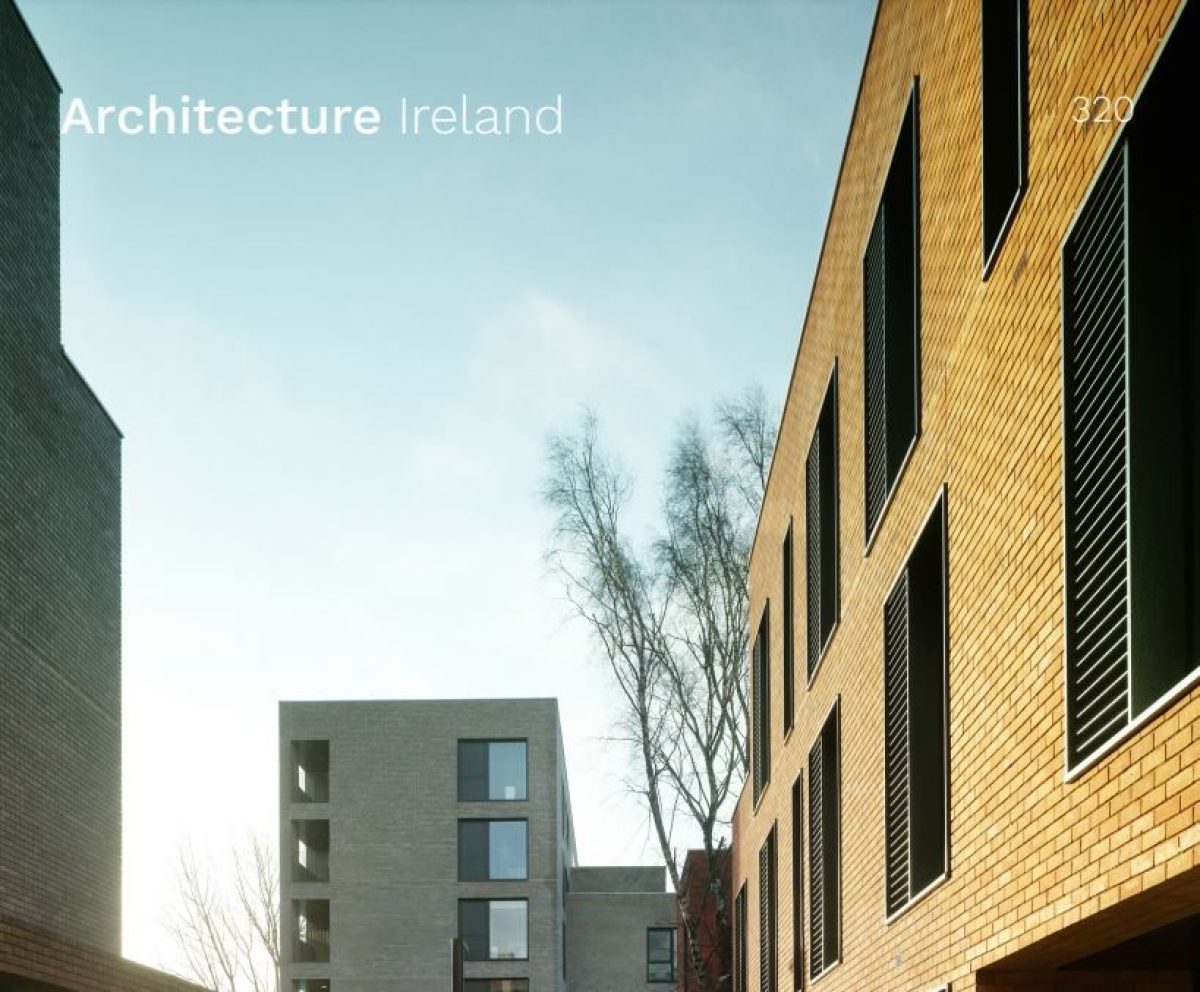

I am a registered architect, graduating from the Dublin School of Architecture in 2011, and in the past year I have made the jump from consultant to contractor, from architect to design manager.
I work for Sisk – the largest and oldest contractor in Ireland, with operations across Ireland, the UK, and Europe. The design management team to which I belong is made up of twelve design managers from various different backgrounds: MEP, structural engineering, civil engineering, and architecture.
In essence, the role of a design manager is to manage the design process from pre-construction through to construction. We work to create a collaborative environment which supports the development of high quality design and delivery on site. We bring together all key stakeholders, including the client, design team, subcontractors, and on-site delivery team to facilitate the design coordination, considering sustainability, site logistics, constructability, procurement lead-in times, health and safety requirements, and programmed construction activities.
While I may not have been aware of this role when I graduated college, it is one that lends itself well to those with architectural training. Our critical thinking, innovation, and design leadership provide us with the ability to anticipate and creatively overcome challenges during project delivery.
In a similar way to how design management was a relatively new role in the UK thirty years ago, we are seeing the creation of more roles within the industry due, in part, to an ever-increasing trend towards Modern Methods of Construction (MMC) and the drive to net zero delivery. The construction industry is embracing MCC as it seeks to tackle issues arising from productivity, climate change, labour shortages, and disruptions caused by COVID-19 and Brexit.
This is especially true in the UK, where the government has placed a greater weight behind a standardised approach to construction through the publication of The Construction Playbook in 2020. In it, contracting authorities are urged to ‘develop and adopt shared requirements and common standards’ to enable ‘standardised and interoperable components from a variety of suppliers to be used across a range of public works’.
At Sisk, we are seeing an increase in the number of clients requiring up to 80% of their projects to be made off-site. In response, Sisk acquired the Vision Built group of companies in 2019, which manufactures volumetric and 2D light-gauge steel components in Galway and forms part of our off-site fabrication services.
To deliver MMC projects, the relationship between client, designer, and contractor needs to evolve into a more collaborative delivery model. Architects are increasingly adopting the principles of Design for Manufacturing and Assembly (DfMA) where buildings are designed based on the manufacture and assembly of their constituent parts through the application of a toolkit of innovations both off site and site based, maximised by digital technologies.
To enable this approach, it is necessary for contractors, subcontractors, and specialists to become involved from the briefing stage of the design process to contribute significantly to the final design solution and eliminate waste. This increased collaboration will align stakeholders, inspire innovation through deep supply chain partnerships, and lead to integrated project delivery.
The move towards MMC is likely to create several possible new career paths for specialists, including architects, into the future; probably the most exciting and cutting edge is in digitalisation and digital transformation. New technologies can assist in the development of a continuous cycle of design, manufacture, construction, management, and maintenance, ensuring processes can be repeated, reviewed, and improved. Through BIM, automation and robotics, data analytics, and especially digital twins (a digital representation of a process, asset or system connected to the physical twin) systems are better understood, and problems are anticipated before they occur.
Operational performance can be tracked throughout a building’s life, providing a greater focus on innovation, efficiency, and carbon emission reduction. Career paths such as digital fabrication, generative design, and data analysis are all viable routes for architects, and most likely are only the tip of the iceberg in terms of possibilities.
For my part, taking a non-traditional route into design management has been really rewarding and has provided me with a greater appreciation and admiration for what a contractor does – particularly the skill and knowledge demonstrated by my colleagues in surmounting highly complex and difficult issues.
The education of an architect continues long after becoming registered, and my experience of working with a contractor has been one of the greatest learning curves of my career so far. I am hopeful to see more architects grasping opportunities to diversify their careers as practices shift towards a new way of building and collaborating.
Aisling Kehoe was interviewed by Architecture Ireland Magazine, December 2021
